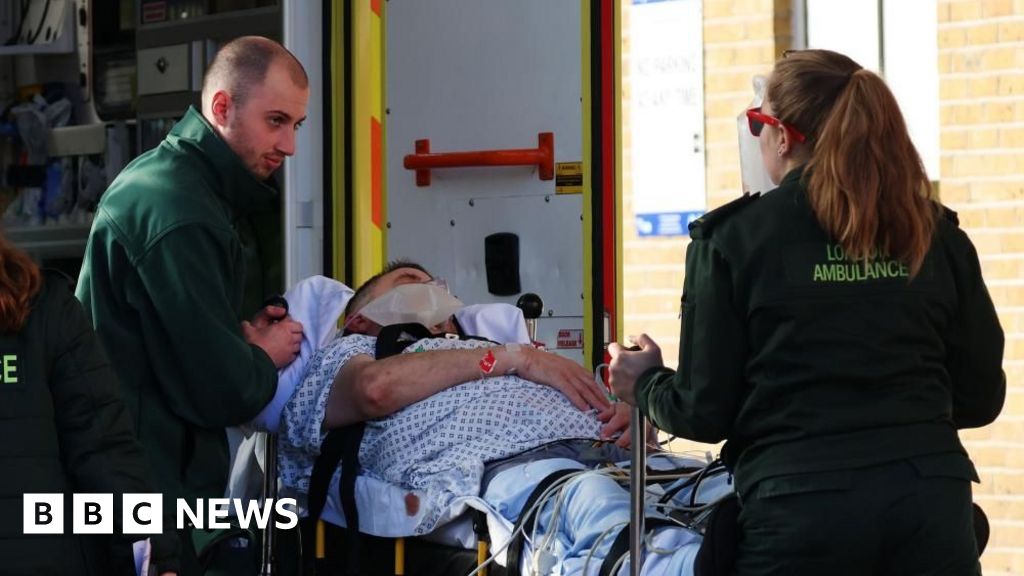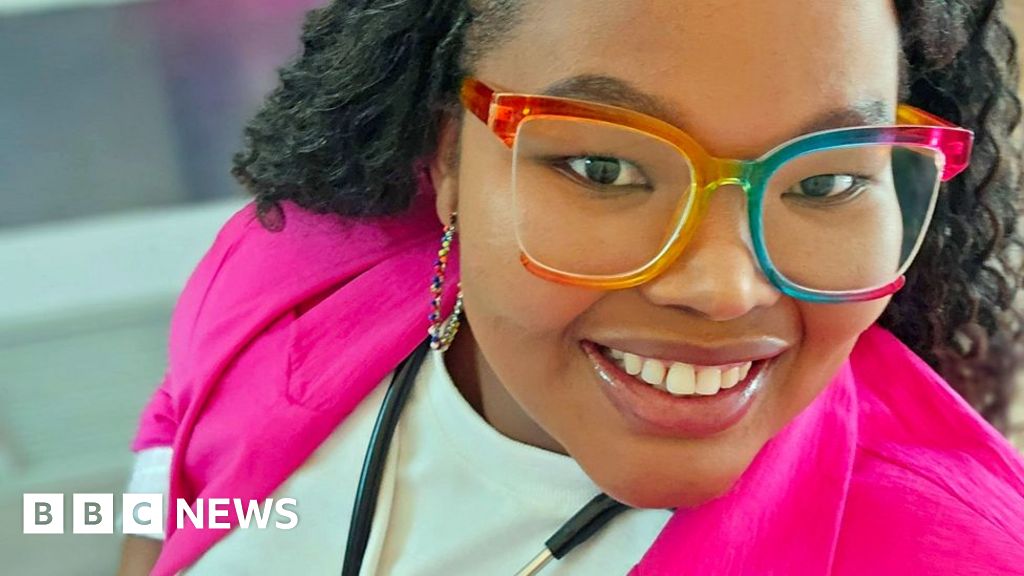The Diabetes Prevention Program Faces Uncertainty Amid Federal Funding Cuts

In 1999, Peggy Bryant, then a fifty-year-old oncology nurse working in Boston, received an unexpected postcard inviting her to participate in a clinical trial focused on diabetes prevention. Given her background in healthcare and her own struggles with weight management, she saw this as an opportunity that resonated closely with her own experiences. Having witnessed the severe complications associated with diabetessuch as vision loss, kidney failure, and limb amputationsshe often feared that she might face similar challenges in the future. With this in mind, she decided to enroll in the trial.
The clinical trial, known as the Diabetes Prevention Program (DPP), divided its participants into different groups. Some were administered a medication named metformin, while others received a placebo. Bryant found herself in a third group where she did not receive any medication. Instead, she worked closely with trial staff to achieve her health goals by increasing her physical activity and losing weight. Throughout the study, she provided blood and urine samples approximately once a month. Reflecting on her experience, Bryant shared, It changed the way I approached my health. The staff were so committed that it made you more committed. The trial revealed remarkable findings: for individuals with prediabetes, metformin reduced the risk of developing diabetes by about one-third, while the lifestyle intervention was even more effective, slashing the risk by over fifty percent. The results were so compelling that the trial was concluded earlier than planned, leading to all participants receiving the lifestyle intervention for one year. Since then, the study has primarily operated as an observational one.
When the Secretary of Health and Human Services publicly announced the findings, it was a groundbreaking moment in the realm of diabetes research. David M. Nathan, a Harvard professor who led the study, emphasized the significance of the announcement, stating, Ive been doing this a long time, and Ive never heard of a studys results being announced by the head of H.H.S. It was a big deal.
Diabetes is a chronic condition fraught with various serious consequences, including nerve damage, heart disease, digestive issues, and foot ulcers. It affects nearly forty million Americans and claims the lives of more than a hundred thousand individuals annually. Nathan pointed out that conducting studies over a span of three to five years is often shortsighted. His team sought additional funding to extend the research and explore follow-up questions, such as the longevity of health benefits and the long-term effects of blood sugar levels on the body and brain.
For over twenty-five years, Nathan and his colleagues have diligently tracked thousands of patients, a feat that speaks to the logistical and scientific endurance required for such a lengthy study. Many physicians struggle to encourage their patients to attend annual check-ups, let alone participate in prolonged research studies.
Known as the Diabetes Prevention Program Outcomes Study, this large-scale project has spawned more than two hundred scientific publications. The longevity of the study has provided a unique edge in chronic disease research, where time can be a significant barrier. While most studies enroll subjects for months or a few years, proving that a treatment can extend a person's life requires long-term follow-up. To analyze a condition as multifaceted as diabetes, researchers need to gather extensive data from various areas, including genetic profiles, dietary habits, imaging studies, and metabolic markers. The DPP collected hundreds of thousands of biological samples, creating a time capsule that reflects Americas health trends. Such valuable medical data can often lead to unexpected breakthroughs. Recently, a study revealed that those who participated in a rigorous diet and exercise program during the late 1990s, like Bryant, exhibited significantly lower diabetes rates decades later.
As participants age, researchers have also begun investigating the connections between diabetes and dementia. The funding for this extensive study comes from the National Institutes of Health (N.I.H.), which committed approximately eighty million dollars in 2022 to support five years of additional research, representing one of its most substantial grants. The N.I.H. channels this funding to a coordinating centerColumbia University in this casewhich then allocates funds to numerous participating trial sites across the United States.
However, in early March, the Trump Administration abruptly froze hundreds of millions of dollars in funding to Columbia, resulting in the premature termination of the diabetes study. Columbia promptly informed its collaborators at various institutions that all trial-related activities must cease immediately. Nathan recounted the urgency of the situation, stating, We had to call some participants that night and tell them not to come in the next day. Bryant, who has since relocated to New York City, received a call from a study coordinator at the Montefiore Einstein Medical Center, informing her of the cancellation. I was shocked, she remarked, expressing her sense of futility at such a significant disruption.
A few days later, Bryant joined other Montefiore study participants on a Zoom call with the sites lead researcher, endocrinologist Jill Crandall. Even the N.I.H. officials responsible for overseeing the grant were taken aback by the termination, learning of it not from their own government but from the study leaders. Crandall described the situation, saying, They were completely in the dark.
When Bryant initially joined the trial, her daughter was a child; now, her daughter is a mother herself. During the Montefiore video call, Bryant noticed an elderly participant who looked unwell, seemingly asleep or unconscious. The mans wife sat beside him, holding his hand as she explained that he was battling advanced dementia. She wanted the participants to grasp the high stakes of the research they had been involved in. I thought, Wow, that could be any of us one day, Bryant reflected, advocating for a greater commitment to this important research. We should be doing morea lot more. Instead, here we are, moving in the wrong direction.
Robert F. Kennedy Jr., the Secretary of Health and Human Services under the Trump Administration, has labeled chronic diseases, including diabetes, as an existential threat. He has criticized the food industry, condemning sugar as a poison and describing high-fructose corn syrup as a formula for making you obese and diabetic. Ironically, his agency is now overseeing the termination of a diabetes study that has been ongoing longer than most others. In recent months, H.H.S., which manages various health entities such as the Centers for Disease Control and Prevention (C.D.C.), the Food and Drug Administration (F.D.A.), and the Centers for Medicare and Medicaid Services (C.M.S.), has cut around twenty thousand jobsapproximately a quarter of its workforce. Kennedy admitted that such mass layoffs could potentially lead to numerous mistakes. The cuts even affected units dedicated to vital public health initiatives, such as childhood lead poisoning prevention and smoking cessation programs. At the F.D.A., layoffs included veterinarians responsible for managing risks associated with the ongoing bird-flu outbreak; some employees at C.M.S. were told to direct their grievances to a deceased administrator.
Richard Besser, a former C.D.C. director, expressed his concern about the direction of these cuts, stating, I have no argument with the need for government to do things better and more efficiently. But this is not about that. This is about tearing down institutions they dont like. I doubt that rebuilding them will be possible in my lifetime.
The repercussions of these funding cuts are already affecting patients. Estimates suggest that at least a hundred clinical trials are at risk of suspension or have already been halted, impacting studies focused on preventing sexually transmitted infections, reducing rates of postpartum depression, and safeguarding organ transplant recipients from infections. The situation continues to evolve, with more studies likely to follow suit. Bryant mentioned her current role at a contract research organization dedicated to enrolling patients in clinical trials. Even pharmaceutical-sponsored studies are feeling the effects, as many rely on federal funding or employ staff who have since been laid off. An oncologist shared a heartbreaking story about a Stage IV cancer patient who previously had three options for experimental trials but now has none. The void created by halted trials will undoubtedly impact countless individuals who might miss out on crucial discoveriespotential treatments and insights that may never come to fruition.
The cessation of funding means that the Diabetes Prevention Program Outcomes Study can no longer continue its planned data collection, nor can it compensate staff for crucial tasks such as blood work, urine sample collection, brain scans, or neurocognitive tests. Even more troubling, the integrity of existing data is now at risk. Scientific research requires adequate resources to maintain and manage biological samples; funds are essential for proper storage, data retrieval, and employing statisticians and analysts who clean and prepare the data for analysis. While some samples are housed at the N.I.H., the agency has indicated it lacks the capacity to accommodate the entire collection. Nathan voiced his concerns, stating, The absence of funding could prevent us from continuing to maintain the integrity of the database. Its a tremendous waste of resources. The contents of this invaluable time capsule may become irretrievably lost.
In the past few weeks, Nathan, Crandall, and other key figures involved in the study have worked tirelessly to restore N.I.H. funding. They have engaged with agency representatives and members of Congress while also reaching out to media outlets and professional organizations. In March, the bipartisan chairs of the Congressional Diabetes Caucus sent a letter to Kennedy and the acting director of the N.I.H., urging them to take necessary action to ensure the diabetes study continues. Unfortunately, both the N.I.H. and H.H.S. have not responded to multiple requests for comment.
As the trial remains on hiatus, the challenges of resuming it grow. Staff members at various clinical sites, who have forged long-term relationships with participants, are already facing layoffs. Crandall emphasized, People think trials are just about collecting data, but theres an art to keeping participants invested and engaged. That personal connection will fade. She recounted a poignant story about an older participant who had recently passed away. Lacking close family, the womans friend organized her memorial service and invited the study team, acknowledging how much the research project meant to her. Through it, she felt that she was contributing to something larger than herself, something that might help others. Thats what a trial like this can be, Crandall noted. If we let this study fade, it will never be duplicated. No one else is going to do it.
In a world where diabetes poses significant risks to millions, the importance of ongoing research cannot be overstated. As government funding cuts threaten groundbreaking studies, the future of diabetes prevention and treatment hangs in a precarious balance.


























